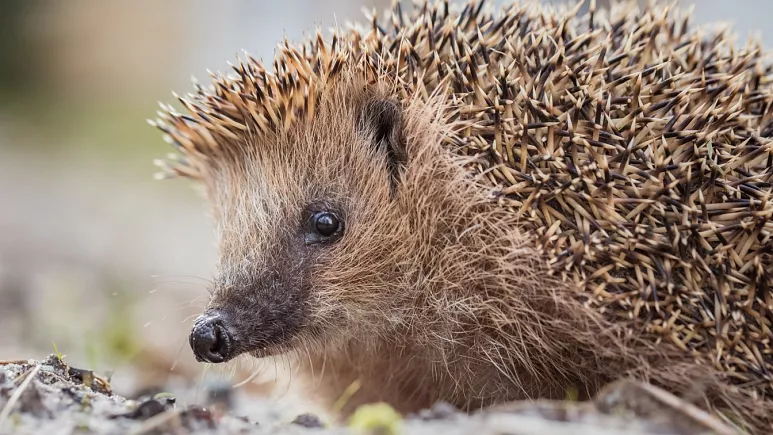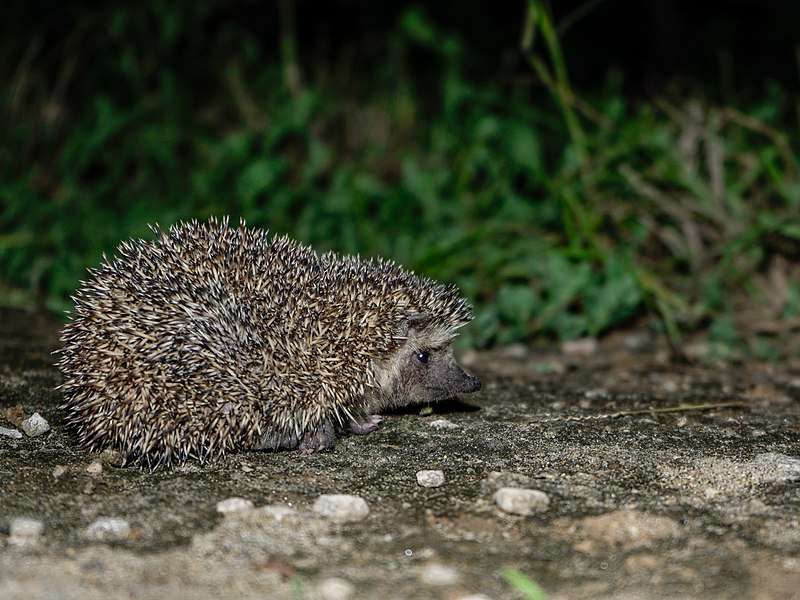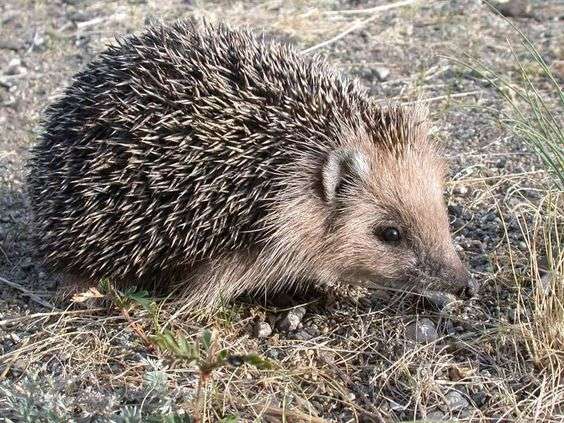
Description
Scientific Name: Atelerix algirus
Lifespan: 8 to 10 years
The Algerian hedgehog, also known as the North African hedgehog (Atelerix algirus), is a type of animal. This hedgehog shares many characteristics with the European hedgehog in terms of colouring, including a lightface and legs and a body that is primarily dark brown. The Algerian hedgehog’s underside can be brown or grey a colour that varies greatly. Hedgehogs with all-white bodies are also possible, though they are less common.
The body of this hedgehog is coated with very distinct spines, which is very typical of most other animal species. The majority of these spines are white, but you may occasionally see a brown band across them. Given that it lacks spines on its head, legs, and tail, you could find it difficult to distinguish this hedgehog from others.
Habitat
A unique, insectivorous mammal of the Mediterranean region, the Algerian hedgehog can be found in North Africa, the Eastern Iberian Peninsula, the Canary and Balearic Islands, as well as other Mediterranean islands.
Behavior
An Algerian hedgehog’s primary line of defense are its spines. Hedgehogs roll into a tight ball with their spines sticking out when they feel threatened. They encounter few wild predators because of their acclimatization. Their outer spines likewise shield the hedgehog. In contrast to porcupines, hedgehogs have deeply buried spines that guard against falls.
All species of hedgehogs are nocturnal creatures. They spend the day underground and go out in search of food at night. Hedgehogs need areas to hide or burrow inside their enclosure to mimic their natural habitat. These animals can be persuaded to adjust their daily routine and keep active by shifting the times of their meals.
As Pet

Tank Conditions
Due to their lonesome nature, hedgehogs should be kept in solitary confinement. Hedgehogs need their separate habitats, even if you have more than one as a pet. Because they are active, your Algerian hedgehog needs a comfortable walking space that is at least 2 feet by 3 feet.
Hedgehogs are expert escape artists, so make sure the lid of their cage fits tightly. The best cages feature bottoms made of plastic and walls made of wire or plastic. If you opt for a wire-walled cage, make sure the apertures are small enough to prevent your hedgehog’s head from being caught between the bars.
Shred recycled newspaper, aspen or pine shavings, or other soft, absorbent bedding and place it within the cage.
Feeding
While domesticated hedgehogs should be fed commercial food designed particularly for them, hedgehogs in the wild typically eat invertebrate animals. They should be fed at predetermined intervals and typically take in 1 to 2 teaspoons of hedgehog chow daily. Never give these animals free food since they will put on weight quickly. Additionally, you can feed your Algerian Hedgehog low-fat cottage cheese, scrambled eggs, or cooked meat.
Hedgehogs must be fed at dusk, and any extra food must be removed from the cage the next morning. Not anything that spoils quickly should be placed in your hedgehog’s cage. Have clean water readily available at all times in a dish deep enough to prevent spills or tipping.
Table





